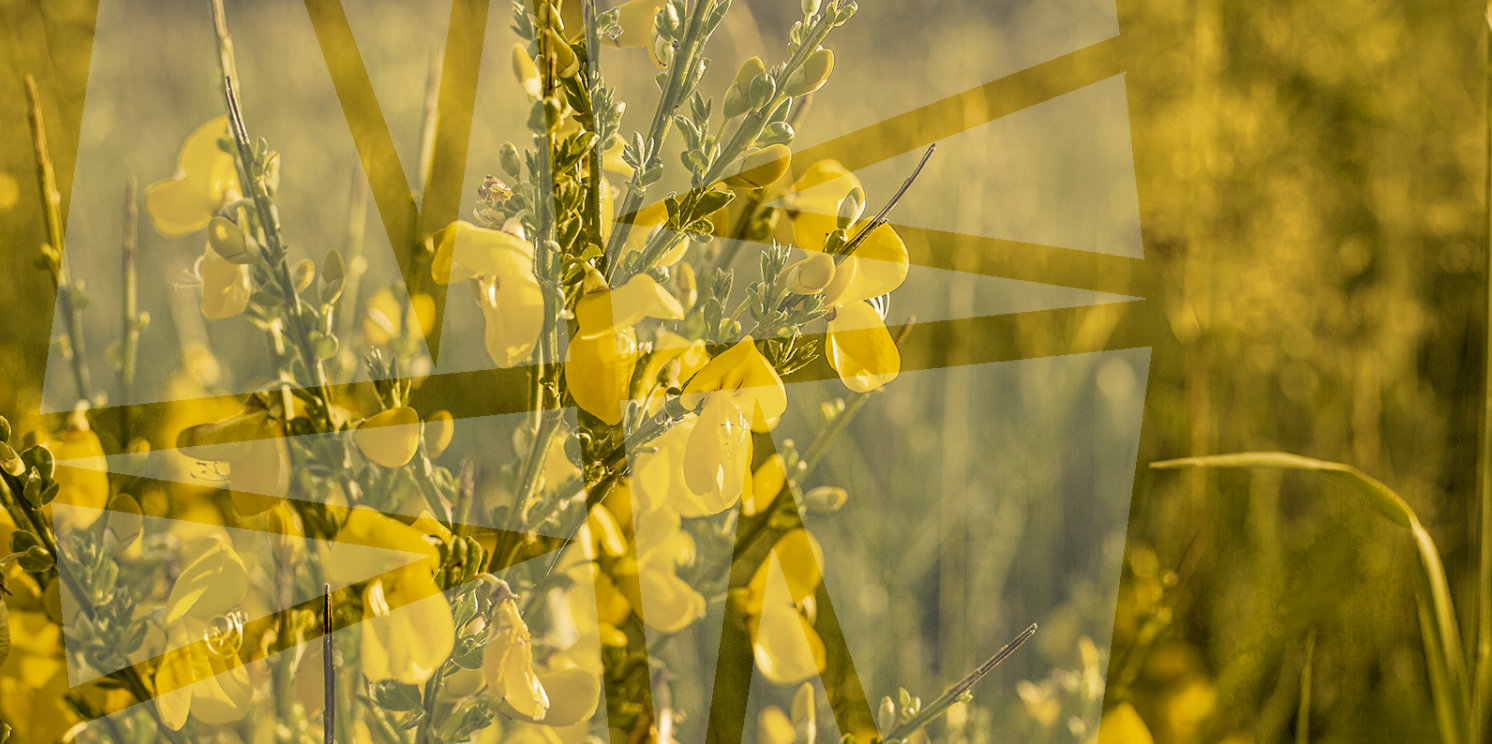
About Halland Museum of Cultural History
Halland Museum of Cultural History tells the stories about people and their living conditions in Halland throughout the ages. We aim to be an open, inclusive and relevant museum where you as a visitor can feel welcome and involved. The museum reflects a Halland of many voices, yesterday, today and tomorrow. We believe that knowledge of our common past makes it easier to navigate in the present and choose paths for the future.
Organisation
Halland Museum of Cultural History is a regional museum. Together with Halland Art Museum, we are part of the Halland Regional Museums Foundation. The founders are Region Halland, Halmstad Municipality, Varberg Municipality, Halland Museum Association and the Association Varbergs Museum.
Our mission
Our mission is to convey knowledge about people’s living conditions in Halland throughout the ages and conduct heritage conservation in the county. The museum has a large collection of objects and archival material which testifies to a rich and multifaceted history. Most of the activities take place at the main museum at Varberg Fortress, one of Halland’s most popular attractions.
Our department for Cultural Environment Conservation is located in Halmstad but operates throughout the region and deals with built environments, cultural landscapes and archaeology. The museum’s mission is governed by the statutes of the Halland Regional Museums Foundation, but also by the Swedish Museum Act and by the cultural policy of Region Halland.
Our regional sites
Halland Museum of Cultural History has three branches in the county: the Boat Museum in Galtabäck Harbour, Bexellska ryggåsstugan in Varberg and author August Bondeson’s birth home “Fågelboet” in Vessigebro.
History of the Museum
Halland Museum of Cultural History is over 100 years old and has had many names over the years. The museum’s activities began in 1916 when the Cultural History Association of North Halland was formed. Since 1917, the museum has been located at Varberg Fortress and has undergone many changes. In 1979, the Halland Regional Museums Foundation was instigated, which today runs Halland Museum of Cultural History in Varberg and Halland Art Museum in Halmstad.
The museum received both national and international attention when the Bocksten Man was found in Bocksten’s bog in Åkulla in the 1930s. Since then, the museum is known far beyond Varberg and the region.
